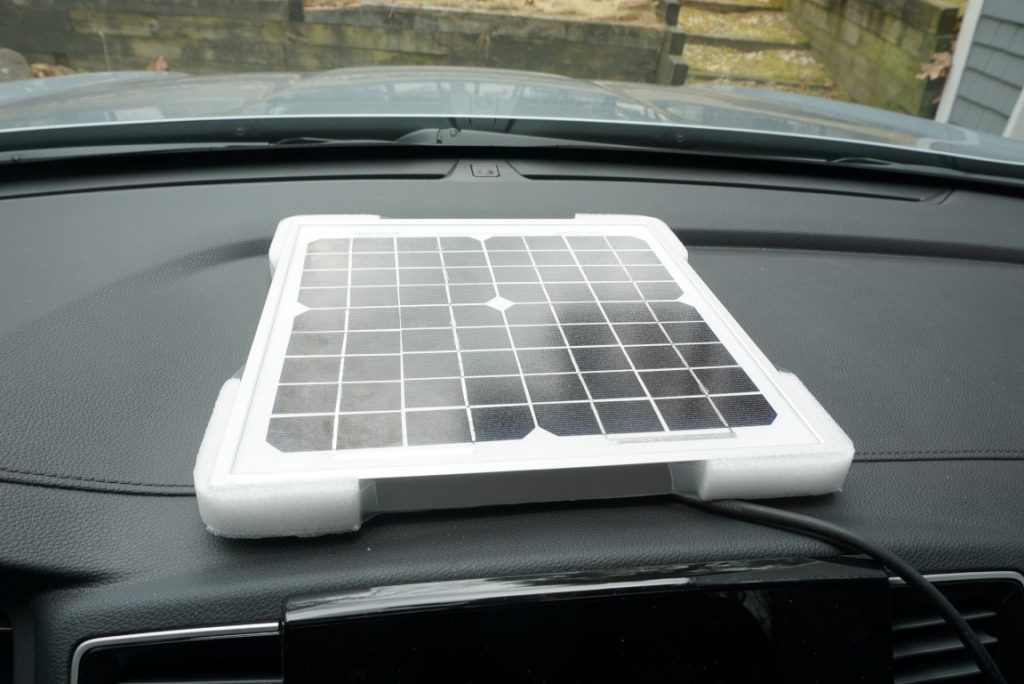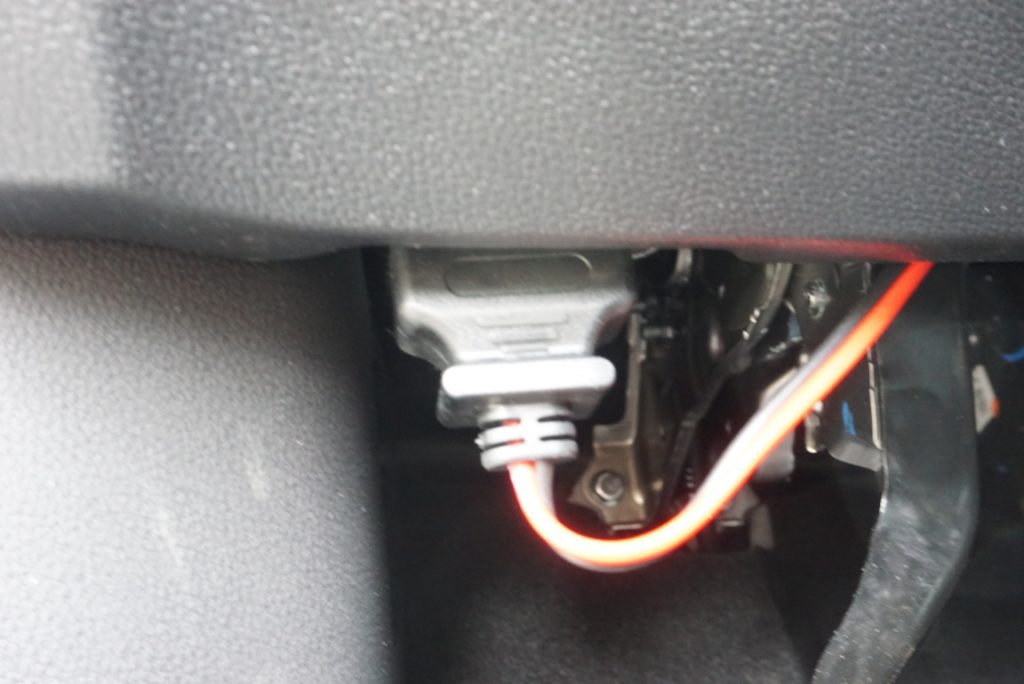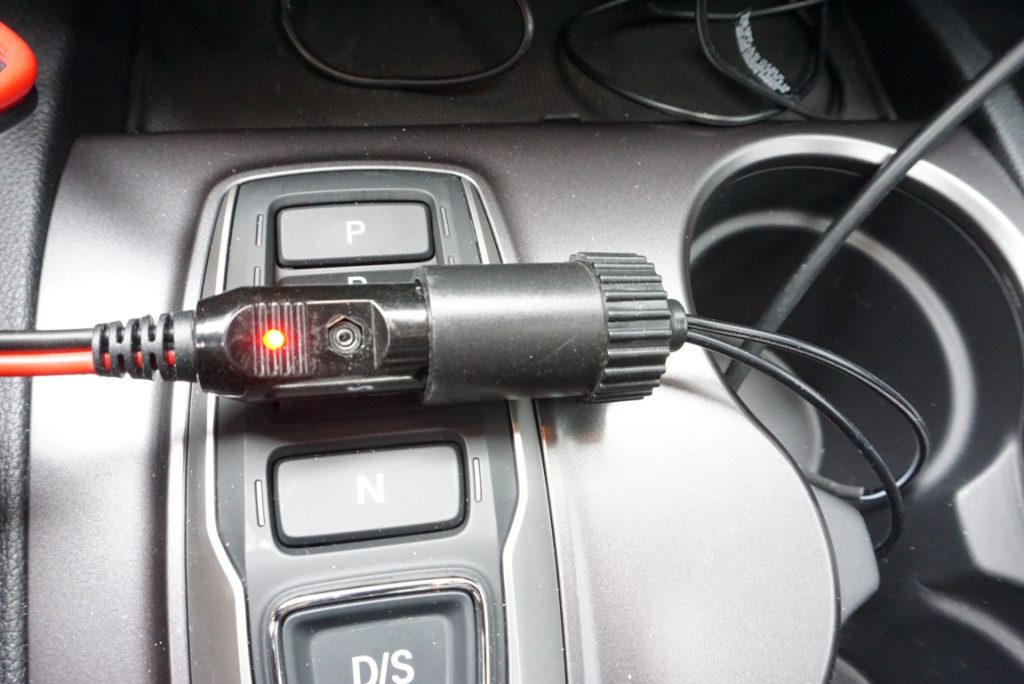I have been travelling quite a bit for the last year or so and have not been able to drive my car as frequently as I would have liked. As a result, I often left my car at the airport parking lot for a week at a time. This is not great for modern cars since many electronics continue to draw power even when the car is turned off. The stand-by current draw can be quite significant depending on the type of electronics the vehicle has. This constant current draw along with lead-acid battery’s relatively high self-discharging rate create a perfect recipe for a drained battery if the car is left parked for some prolonged period of time.
On a few occasions my car struggled to start when I returned from my business trip and I had to charge the battery manually later on by hooking up a charger, which was quite inconvenient. So I decided to make a simple solar trickle charger that can be left inside the vehicle and charge the battery while the car is parked.
In some older vehicles, the cigarette lighter socket is connected directly to the car battery and can be used for charging purpose. Unfortunately, for most modern vehicles, the power to the 12V cigarette lighter socket is cut when the car is turned off.
Fortunately, the OBD-II port on all modern vehicles provides an un-switched and fused connection to the battery positive terminal based on SAE J1962 specifications. And the power pin (pin 16) can be conveniently used for trickle charging. Many adapters on the market intended for powering the car computers while chaining the battery (i.e. OBD-II battery saver) can be conveniently used to connect the solar panel to the car battery.
The next task is choosing a suitable solar panel. For typical charging applications a charging controller is absolutely essential to prevent battery gassing due to overcharging which can greatly shorten the life of the battery. But for a trickle charger, as long as the charging current is kept sufficiently low, there is very little risk of overcharging the battery even without any charging protection circuitry. Since in this application the placement of the panel is constrained inside the car and is usually facing up, the maximum efficiency of the panel is rarely achievable due to the incident light angle. The windshield also absorbs some of the light, further reducing the efficiency of the panel. In practice, only a tenth to a quarter of the rated panel output can be achieved.
For these reasons, I used a AcoPower 10W solar panel that has has an maximum open-circuit output voltage of 22V and a maximum output current of 0.6A. On a clear winter day, the panel can generate approximately 150mA charging current. And when it is cloudy the charging current would drop to just around 50mA to 70mA. In the summer time, the maximum charging current would be higher but the battery self discharge rate is also higher due to the higher ambient temperature. Charging at these current levels would keep the battery topped off without having to worry about the possibility of overcharging.

Since solar cells are reversely biased from the battery terminal perspective, technically there is no need for a blocking diode. I included a Schottky diode anyway to prevent power dissipation into the panel in the event of panel failure. The benefit of using a Schottky diode is that the additional voltage drop is minimal. As shown in the pictures above, the solar panel is connected to an OBD-II battery saver connector with a cigarette lighter adapter.



